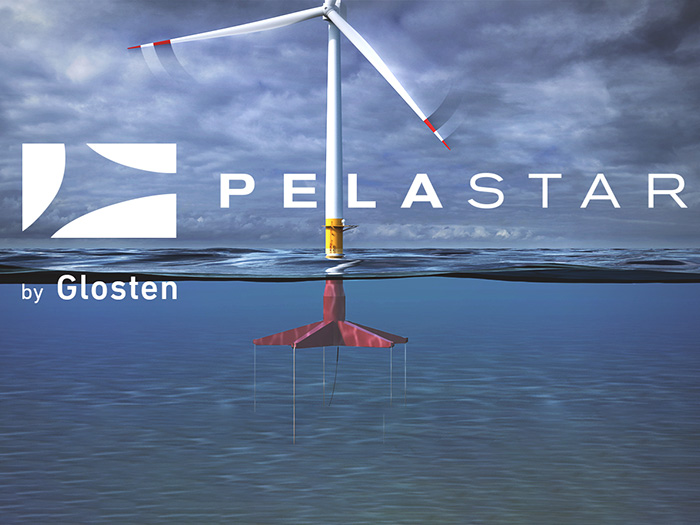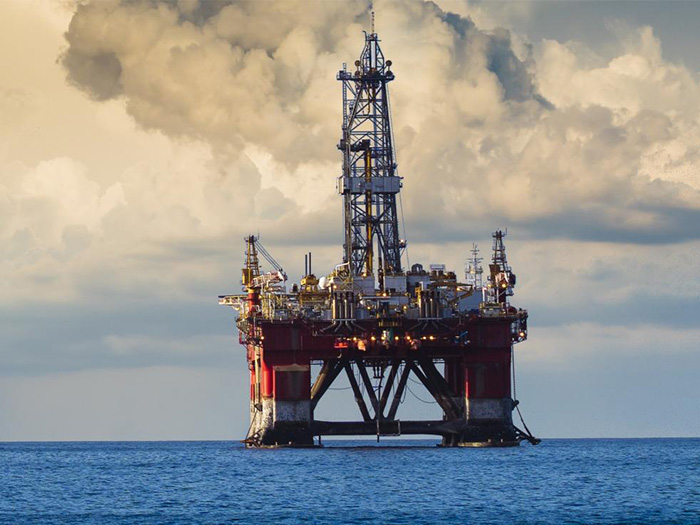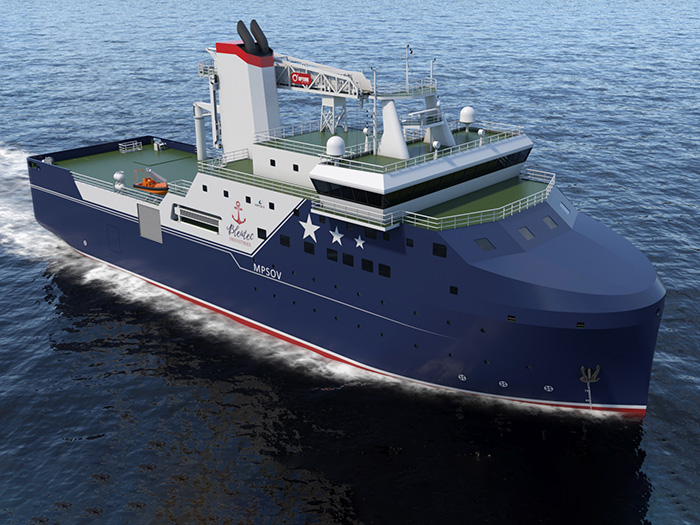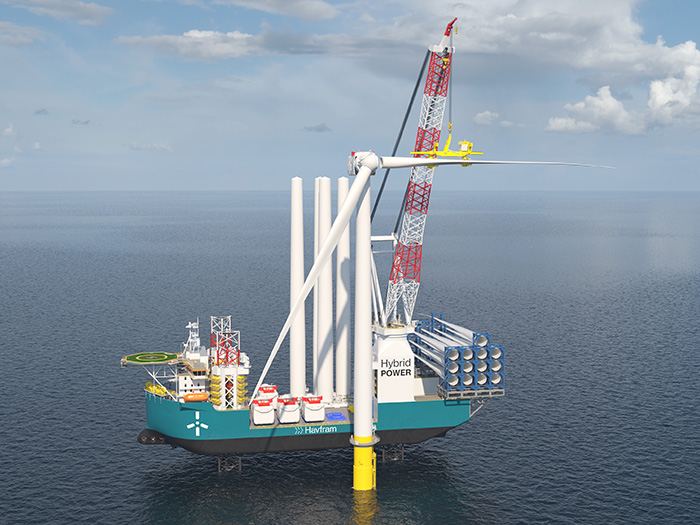“As we look forward into 2023, we are confident that not only is the recovery here, but that the demand for offshore vessels will continue to strengthen throughout this year,” said Quintin Kneen, president and CEO of Houston-headquartered offshore services giant Tidewater (NYSE: TDW). “The renewed global focus on securing reliable sources of hydrocarbons has prioritized offshore oil and gas development and we believe that offshore oil and gas capital spending plans will accelerate throughout 2023 and beyond.”
Kneen was commenting on third quarter and full year 2022 results that saw Tidewater report revenue for the three and twelve months ended December 31, 2022 of $186.7 million and $647.7 million, respectively, compared with $105.2 million and $371.0 million, respectively, for the three and twelve months ended December 31, 2021. (You can read all the numbers HERE.)
“While we are pleased with the momentum that was built throughout 2022, we believe that the macroeconomic trends driving the business will persist and that Tidewater is well-positioned to drive continued financial performance and cash flow generation in 2023 and beyond,” said Kneen. “We are forecasting revenue for 2023 of approximately $900.0 million, up almost 40.0% from 2022, and for vessel operating margin for 2023 of approximately 50.0%, up about 12 percentage points from 2022.
“Our West Africa business continued to perform well during the fourth quarter, with revenue up about 6.8% sequentially, driven by an increase in average day rates. Likewise, our Americas region experienced a strong fourth quarter, with revenue also up 6.8% sequentially, all of which was driven by an 8.1% increase in day rates, with notable day rate enhancement in the U.S. Gulf of Mexico and Mexico. Further, revenue in the Mediterranean expanded by about 9.3% sequentially, resulting from a 4.5% increase in day rates and additional capacity brought to the area from the U.S. Gulf of Mexico. The North Sea experienced typical seasonality which resulted in total revenue in the fourth quarter declining by 2.6% sequentially. Further, our Asia Pacific segment was adversely impacted by a combination of vessels in transit along with drydocking activity and idle time as vessels came off contract; we expect this frictional unemployment to subside in the first quarter. Activity levels in rest of the world were slightly up during the fourth quarter. Overall day rates remained flat from the prior quarter, and if we exclude the declines in our North Sea and Asia Pacific business, our average day rate increased 4.8% sequentially.”
Looking ahead, Kneen pointed to the continuing decline in the number of available OSVs.
“Just as encouraging as the acceleration in demand for offshore vessels services is the continued reduction in the available supply of offshore vessels. The number of large OSVs that are currently laid up is quite limited and the likelihood any of these vessels returning to the market is remote. We see a similar situation developing in the mid-sized OSV fleet, where additional available supply is also very limited. We see essentially no new vessels on order, indicating that the supply of vessels will continue to decline modestly as vessels naturally attrition out of the global fleet. Accordingly, it is our view that the industry is positioned to benefit from an increase in demand over the medium-to-long term and a slowly shrinking supply of vessels. We believe this imbalance in supply and demand will continue to provide the opportunity for day rate and utilization increases, and we remain committed to maximizing the earnings and cash flow generation from our fleet.”

















